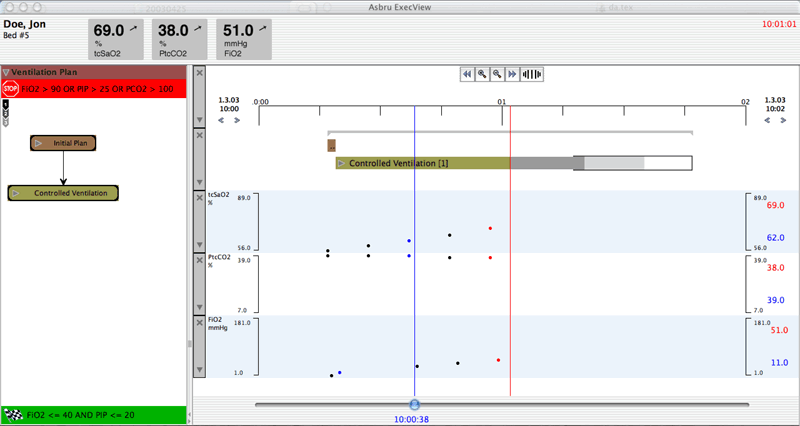CareVis: Difference between revisions
m Reverted edit of 203.117.217.131, changed back to last version by Iwolf |
mNo edit summary |
||
| Line 7: | Line 7: | ||
'''Description:''' The aim of this project is the development of interactive visualization methods to support protocol-based care. | '''Description:''' The aim of this project is the development of interactive visualization methods to support protocol-based care. | ||
CareVis provides multiple simultaneous views to cover different aspects of a complex underlying data structure of treatment plans and patient data. The tightly coupled views use visualization methods well-known to domain experts and are designed to facilitate users' tasks. CareVis enables a meaningful navigation, provides annotations on demand for not overwhelming the viewer, and helps to keep orientation by using [[Focus-plus-Context|Focus | CareVis provides multiple simultaneous views to cover different aspects of a complex underlying data structure of treatment plans and patient data. The tightly coupled views use visualization methods well-known to domain experts and are designed to facilitate users' tasks. CareVis enables a meaningful navigation, provides annotations on demand for not overwhelming the viewer, and helps to keep orientation by using [[Focus-plus-Context|Focus Context]] techniques, thus increasing the flexibility in working with treatment plans and patient data. | ||
[[Category:Projects]] | [[Category:Projects]] | ||
Revision as of 12:39, 5 June 2007
Title: CareVis - Interactive Visualization Methods to Support Protocol-Based Care
Participants: Wolfgang Aigner, Silvia Miksch
Institution: Information Engineering Group (ieg), Institute of Software Technology and Interactive System, Vienna University of Technology, Vienna, Austria, Europe.
Homepage: http://ieg.ifs.tuwien.ac.at/projects/carevis/

Description: The aim of this project is the development of interactive visualization methods to support protocol-based care.
CareVis provides multiple simultaneous views to cover different aspects of a complex underlying data structure of treatment plans and patient data. The tightly coupled views use visualization methods well-known to domain experts and are designed to facilitate users' tasks. CareVis enables a meaningful navigation, provides annotations on demand for not overwhelming the viewer, and helps to keep orientation by using Focus Context techniques, thus increasing the flexibility in working with treatment plans and patient data.